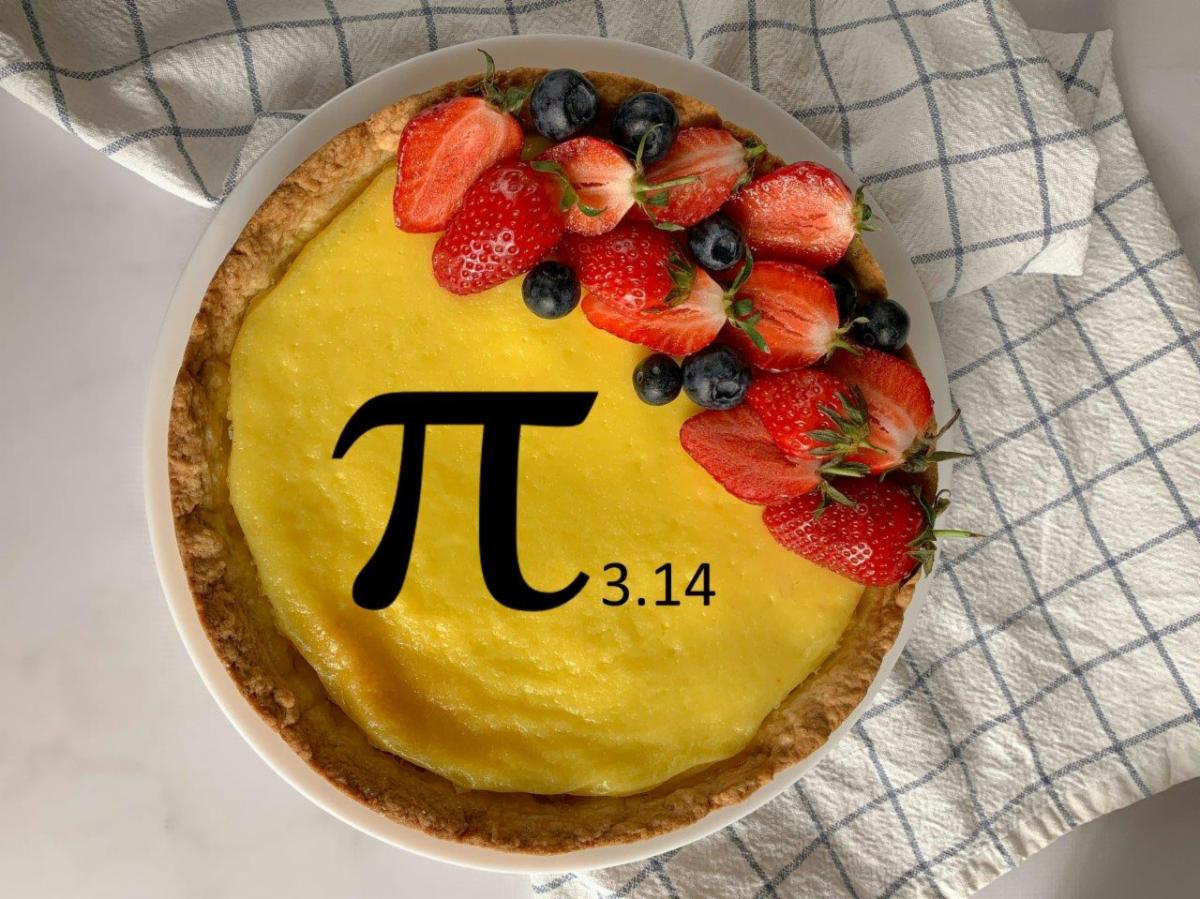We've all experienced it: Feeling overwhelmed. Problems sleeping. Having a hard time relaxing and quieting…

Pi Day: Who’s In Your Circle
Pi is the ratio between the circumference of a circle and its diameter. Circles are fundamental, yet so important to us all:
- Mobilized humankind
- The most efficient shape
- Signifies many sacred and spiritual concepts like unity, infinity, wholeness
- Determines how much space plants need to grow around them
- Used by GPS to determine distance
- Every part is equal so it has no stress points, evoking calmness, peacefulness, relaxation, and happiness
- The people in our circle fill a variety of roles and influence our ideas, feelings, and behaviors
The circle is an area of action or influence; an important aspect of life.
Here are two exercises (one for you and one for your small groups) to help with ensuring these circles are optimized and allowing you and your groups to thrive.
YOU
So … who’s in your circle? Ask yourself:
- Who are my influencers: inner circle, outer circle, and negative influences?
- What do inner circle, outer circle, and negative influences mean to my everyday life?
- What changes can I make to gain a more supportive network?
Click here to get a printable PDF of this worksheet and directions.
YOUR SMALL GROUP
It’s not uncommon for people who work together to know very little about each other. And some may like it that way. But the workplace plays a central role in many people’s lives. They may spend more waking hours working than any other daily activity (even spending time with family).
This exercise helps them both to know and understand each other, and to keep them moving and awake.
Participants write a word in each circle that has some meaning to them. If they love to drink coffee with their dog on the patio, their three words may be COFFEE, DOG, and OUTDOORS. The group moves around the table(s) to all other participants’ circles to write their name in LIKE, LOVE, or DON’T LIKE.
The facilitator asks targeted questions and displays responses for the entire room to see to determine:
- Which participants have common likes?
- Dislikes?
- Which participants have more than one in common?
Gaining an understanding about colleagues can foster awareness, mutual respect, support, cooperation, trust, interaction, confidence, and productivity. It can also remove some contributors to workplace stress, a major benefit to the organization.
Click here to get a printable PDF of this worksheet and directions.
You can tailor this activity to a virtual platform too!
Make Preferred Speakers part of your professional circle! 😊



